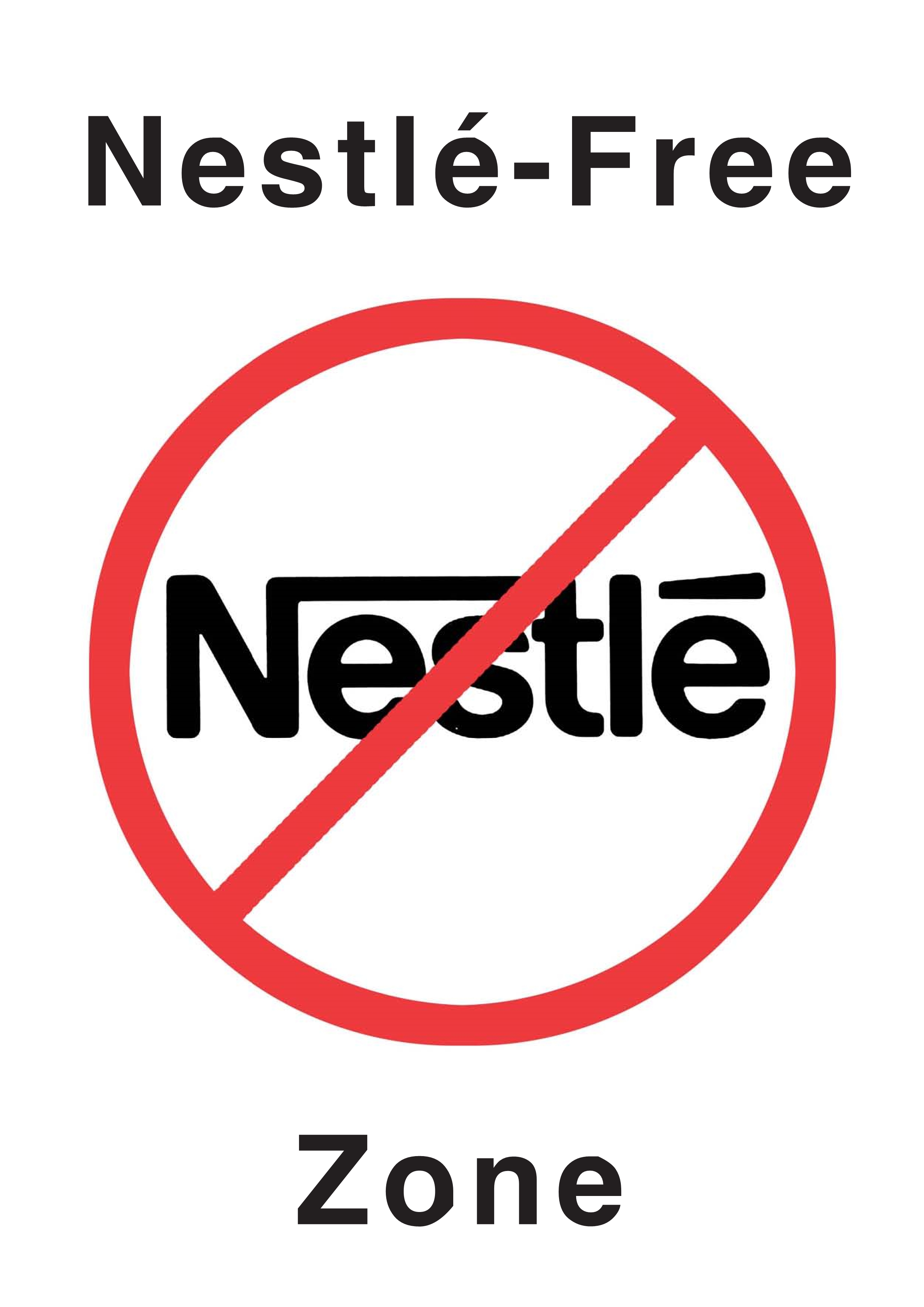International Breastfeeding Journal
The available data on milk feeding patterns and feeding frequency during the complementary feeding phase are limited. This study aimed to examine breastfeeding practices and assess the associations between mil...
Breastfeeding has many health benefits for both mother and child, but rates of initiation and duration amongst women with a BMI ≥ 30 kg/m2 are low. Few interventions aiming to increase breastfeeding in this group...
Early initiation of breastfeeding and exclusive breastfeeding are among those optimal breastfeeding practices endorsed by World Health Organization to reduce child morbidity and mortality. However, worldwide, ...
Breast milk is essential for infant growth and development, with exclusive breastfeeding (EBF) recommended for the first six months. Many mothers experience insufficient milk production, leading to early suppl...
Breastfeeding rates in the UK have remained stubbornly low despite long-term intervention efforts. Social support is a key, theoretically grounded intervention method, yet social support has been inconsistentl...
Tertiary obstetric centers are responsible for the care of all their newborns and for supporting mothers during breastfeeding. The aim of this work is to analyze the development and prevalence of breastfeeding...
Difficulties with breastfeeding can lead to early breastfeeding cessation. Empowering mothers through self-assessment and education of breastfeeding skills can help support them. We aimed to develop and valida...
The prevalence of exclusive breastfeeding (EBF) during the first 6 months and breastfeeding up to 24 months in all mothers, regardless of HIV status, in high HIV prevalence settings of South Africa is not freq...
There is sparse literature on the topic of breastfeeding in women with axial spondyloarthritis (axSpA). Our aim was to obtain more knowledge about variables affecting breastfeeding for women with axSpA.
Exclusive breastfeeding is recommended during an infant’s first six months of life as it is the optimal way to meet the infants nutritional needs. The aim of this study was to describe the breastfeeding intent...
Understanding the spatial and temporal patterns of the disease burden of childhood diarrhea attributable to suboptimal breastfeeding (including non-exclusive and discontinued breastfeeding) is crucial for glob...
Despite numerous reviews examining the impact of exclusive breastfeeding on preventing childhood pneumonia and asthma, a comprehensive and up-to-date synthesis is lacking. This umbrella review aims to consolid...
This study aims to assess the impact of an educational intervention based on the theory of planned behavior (TPB) on breastfeeding mothers’ knowledge, attitude, subjective norms, perceived behavioral control r...
When maternal breastmilk is unavailable in sufficient quantity for infant needs, the World Health Organization (WHO) recommends the use of donor breastmilk if safe, affordable, and available. However, in Nepal...
An increasing trend among women and professionals is recognizing the existence of abuse and disrespect by professionals toward women during childbirth. The promotion of breastfeeding is a priority objective, a...
Maternal overweight is a risk factor for child obesity. Breastfeeding may decrease this risk, but breastfeeding prevalence is low in overweight or obese mothers.
Breastfeeding aversion response (BAR)and dysphoric milk ejection reflex (D-MER) are two examples of breastfeeding phenomena which present as negative emotional experiences of breastfeeding and lactation but ar...
Infections with respiratory syncytial virus (RSV) in infancy and early childhood are very common. RSV is the leading cause of bronchiolitis and pneumonia and substantially contributes to the morbidity and mort...
An offshoot of selfie taking is the “Brelfie” – a self-image capturing breastfeeding. Brelfie images and accompanying text are particularly useful to understanding how parents see themselves in their role with...
Breastfeeding protects mothers against breast cancer. Our study aimed to estimate the healthcare cost-savings resulting from a reduction in breast cancer attributed to an increase in the breastfeeding rate in ...
Most Recent Articles: International Breastfeeding Journal
SubscribeFeliratkozás a következőre: International Breastfeeding Journal hírcsatorna

